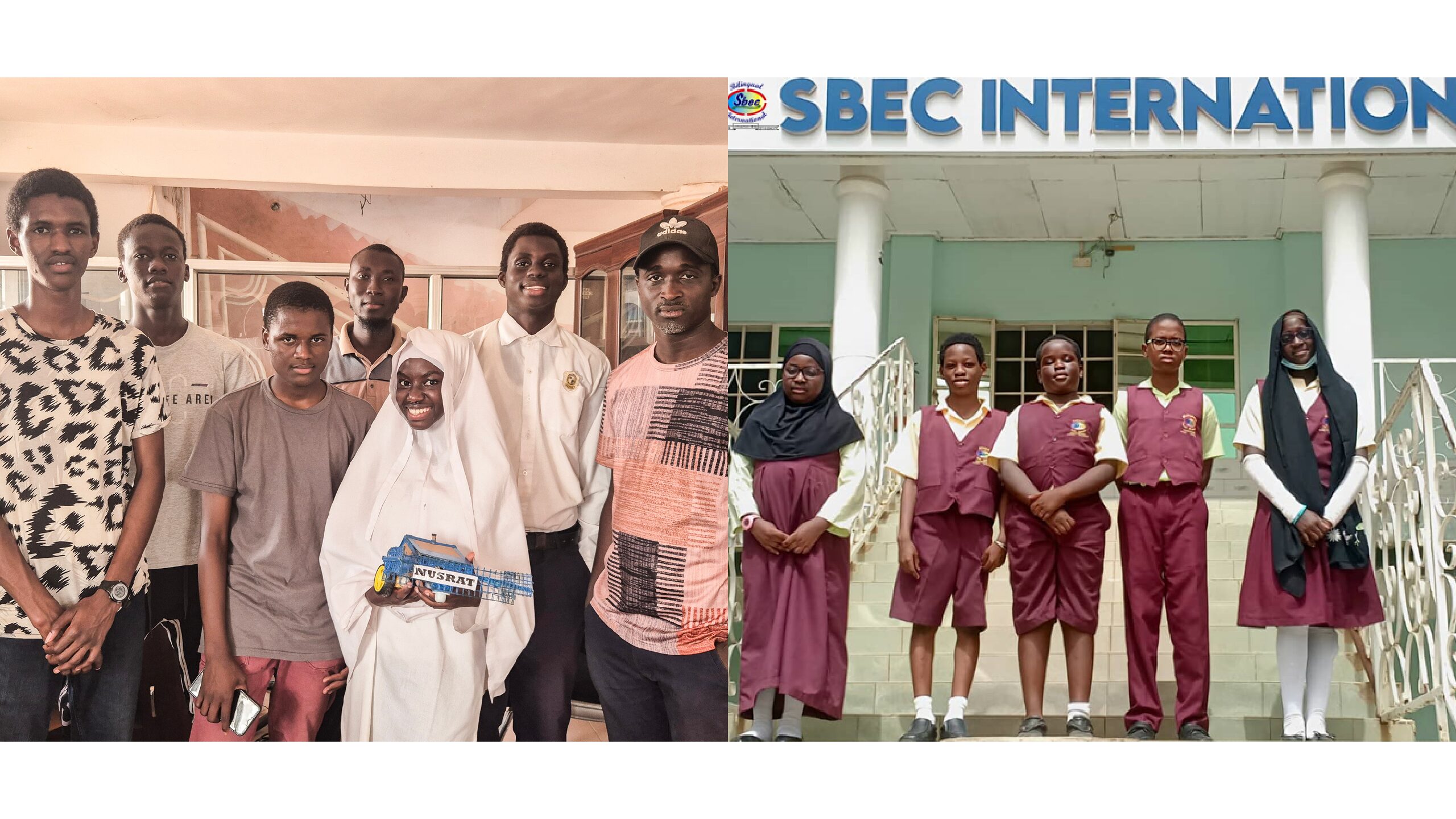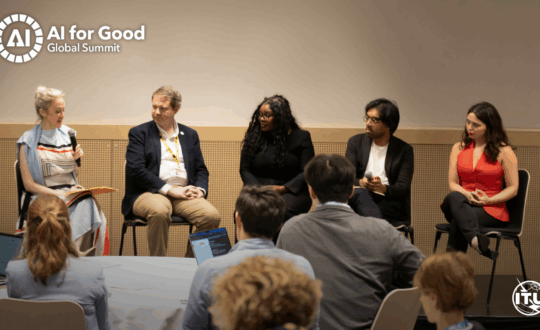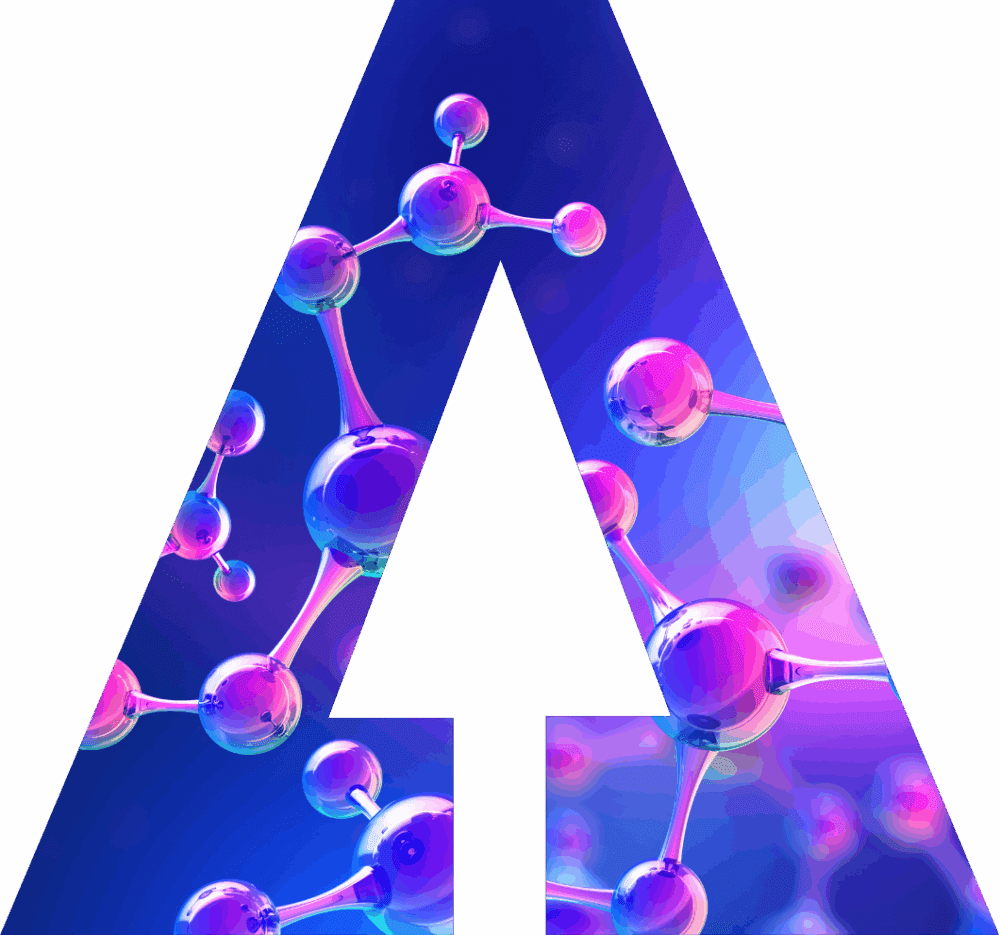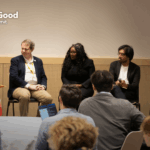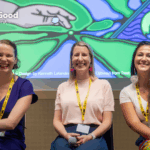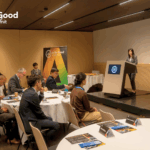The Robotics for Good Youth Challenge is the leading UN-based competition where students from around the world design and build robots to address real-world challenges. Each year, the competition presents a new global theme to spark innovation and empathy among youth. For 2024–2025, that theme is disaster response, and students were asked to create robots that could support people during emergencies.
Representing The Gambia in both the junior and senior categories is SBEC-G ROBOTICS, a passionate student-led team from SBEC International. Their work shows that with creativity, consistency, and teamwork, young innovators can build technology that truly makes a difference.
Junior Category – SBEC-G ROBOTICS (Gambia)
SBEC-G ROBOTICS’ junior team is made up of driven students who are learning how to turn curiosity into real-world solutions. Their robot is built around an Arduino Uno microcontroller and is supported by a motor controller and Bluetooth module. This system allows for live manual control, giving the robot the flexibility it needs to perform in fast-paced disaster scenarios.
“Our game strategy during the robotics competition was effective because we focused on consistent, simple tasks that our robot could perform reliably,” the team shared.
Their robot carries out missions such as pressing buttons, transporting items, and avoiding obstacles. It is designed to turn with precision, move at a steady speed, and complete tasks using interchangeable attachments. Although the robot does not use sensors or AI, the team relied on manual control, pre-programmed loops, and timing to complete each match.
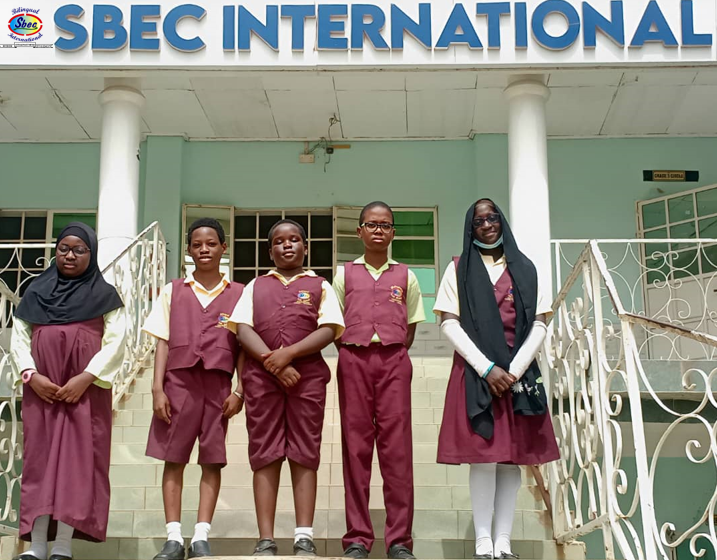
The design process was collaborative and constantly evolving. Starting from a simple frame, the team added a stronger chassis, redesigned the robot for better balance, and upgraded the claw to collect more objects. They also reorganized the internal wiring and adjusted the motor speeds to improve control and performance.
One early challenge was balance. The robot often tipped during turns or while carrying loads. To fix this, the team repositioned the motors and battery. Another issue was jerky movement during Bluetooth control, which was solved by softening the starting motion in the code.
Their robots are programmed using a visual, block-based coding platform. With no sensors to rely on, every action is carefully planned, tested, and refined. Their average match score ranges between 75 and 80 out of 100—a clear sign that strong fundamentals, teamwork, and problem-solving lead to real success.
Beyond the field, the team hopes their work will inspire others to explore science, technology, and engineering. “We believe the future isn’t something we wait for, it’s something we build,” they said. Their mission is not only to compete, but to encourage more young people in their community to use robotics to solve everyday challenges.
Senior Category – SBEC-G ROBOTICS (Gambia)
In the senior category, the SBEC-G ROBOTICS team has shown how consistent strategy and smart design can create high-impact results. Built using the same Arduino platform, their robot combines precision, simplicity, and adaptability. The senior team focused on making a machine that works reliably under pressure, keeping their strategy focused and effective.
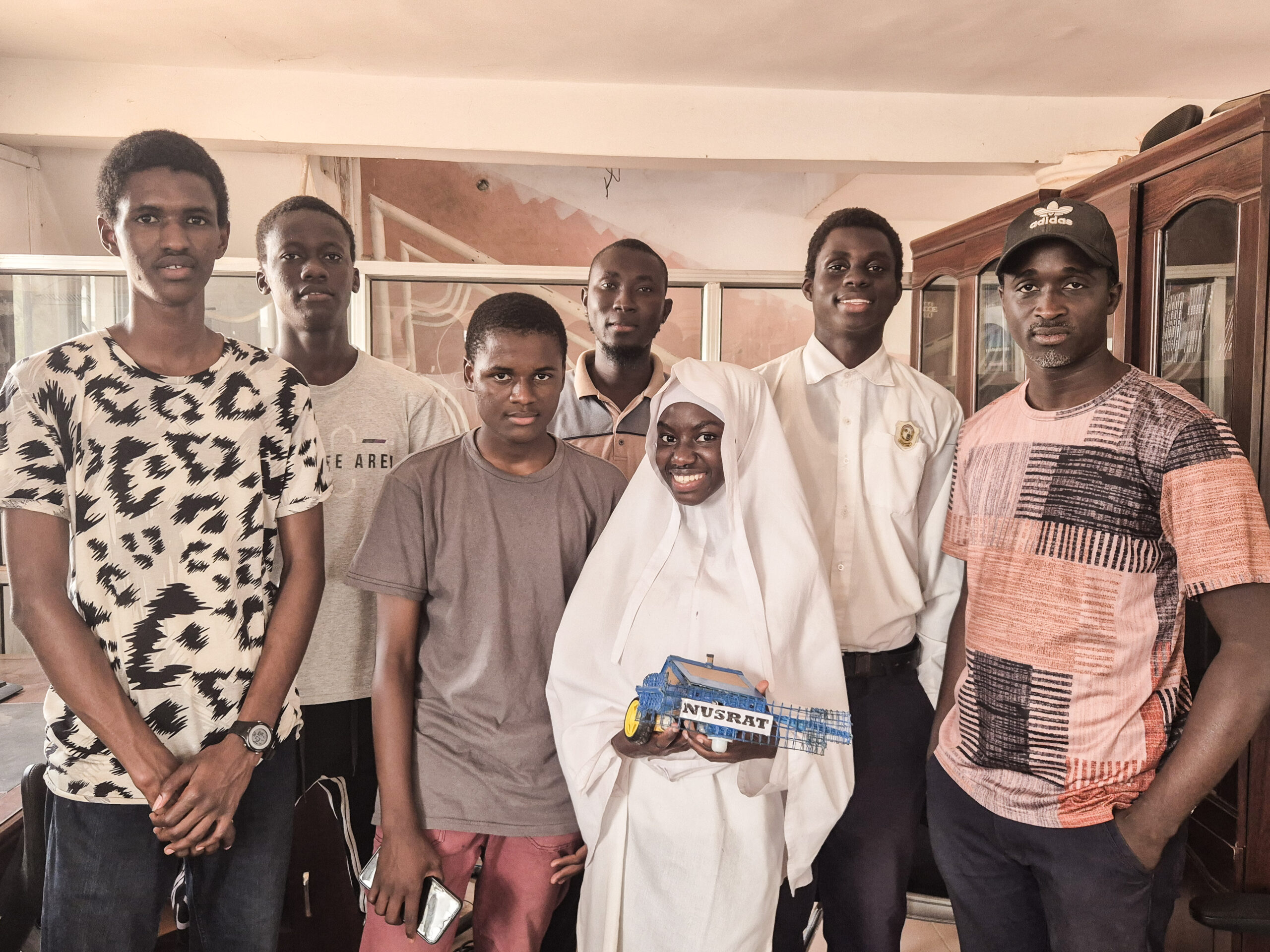
“Our game strategy during the robotics competition was effective because we focused on consistent, simple tasks that our robot could perform reliably,” the team said.
The robot earns points by moving objects to their target zones, avoiding obstacles, and completing disaster-themed missions. With a compact frame and motorized claw, it can handle different mission types with ease. The team focused on smooth navigation, steady grip control, and quick recovery during runs.
Like the junior team, the seniors faced several design and programming challenges. One early issue was the robot tipping over during turns. They solved this by adjusting the center of gravity and fine-tuning the motor speeds. They also simplified the wiring layout, which helped reduce connection issues during movement.
They used a visual block-based coding platform to program the robot, setting clear command loops and using conditional logic to control movement. The robot does not use sensors, so every move is carefully timed and tested. “We programmed our robot using a visual block-based coding platform,” they said.
The team’s average score is also between 75 and 80 points per match. Although artificial intelligence has not yet been integrated, their approach highlights the importance of learning the basics, building on strong mechanical design, and refining performance through continuous testing.
More than just a competition, the senior team sees their work as a way to encourage wider interest in robotics and STEM education. Their efforts aim to inspire future engineers, designers, and problem-solvers in The Gambia and beyond.
Looking Ahead
Next stop: Geneva. As The Gambia’s national representatives in the Robotics for Good Youth Challenge, SBEC-G ROBOTICS — both junior and senior teams — will present their innovations at the AI for Good Global Summit, taking place from 8 to 11 July 2025 in Switzerland. There, they will stand alongside students from around the world in the grand finale of this year’s challenge.
To follow their journey or sign up for the 2025 Summit, visit:
https://aiforgood.itu.int/summit25


